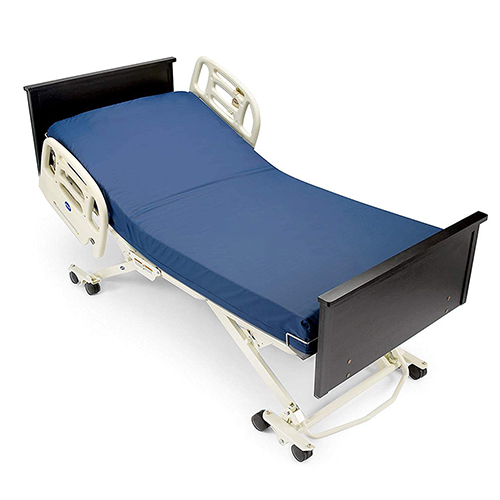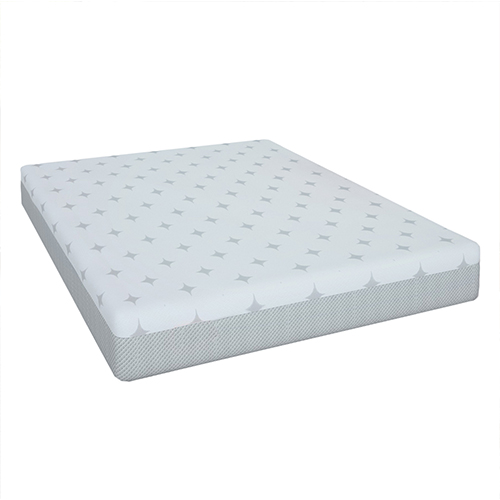How to choose the hardness of children's mattress
How to choose the hardness of children's mattress? The choice of children's mattress will directly affect the growth and development of children. The mattress is too soft, it is easy to collapse, and it is not easy to turn over; at the same time, the bones of children are growing, and sleeping on a mattress that is too soft for a long time will deform the spine and deform the body, such as causing a "hunchback" phenomenon. The mattress is too hard, and the mattress cannot support all parts of the body well. In the long run, it will cause chronic damage to the spine, resulting in damage to the spine, which will affect the height and shape of children in light, and the internal organs in severe cases. development.

Generally, the choice of children's mattresses has to follow a principle, that is, moderate hardness and softness.
For children aged 0-12, the most suitable mattress should be composed of a soft upper and lower layer and a firm, firm and elastic middle layer. On the one hand, the middle layer can provide the necessary support for the child's body. On the other hand, when the mattress is subjected to the pressure generated by the weight, it can be transmitted to the soft lower layer, which can support the child's body without causing spinal deformity. The lower layer chooses a small-diameter super-dense spring bed net that can closely fit the natural body curve of the child, so that the child can get even and strong support no matter how the child sleeps on the mattress. The middle layer and the surface in contact with the skin must be made of environmentally friendly, breathable, antibacterial, and anti-mite materials. If a waterproof barrier layer can be added, then even if the child sweats or wets the bed, there is no need to worry about the mattress being damp, breeding bacteria, and cleaning. become more convenient. When testing the mattress, after letting the child lie on the pad, the depression of the mattress is about 1 cm, which is the most ideal state.
At the age of 13-17, due to heavy schoolwork and long-term use of computers, long-term poor sitting posture and the pressure of backpacks on the spine are likely to cause damage to the spine, deform the spine, and in severe cases will cause long-term spinal pain. At this stage, more attention should be paid to the protection of the child's spine. So, what kind of mattress should children of this age sleep on that can help teenagers protect their spines and better suit their needs? First of all, high support and moderate hardness are the key words. The spine development of teenagers has not yet been completed. The spine is easily deformed, so it is advisable to choose a mattress with strong support and moderate hardness, which can not only provide sufficient rest and protection for the spine, but also provide good support for the spine, which can prevent the common scoliosis of teenagers. disease.

























































